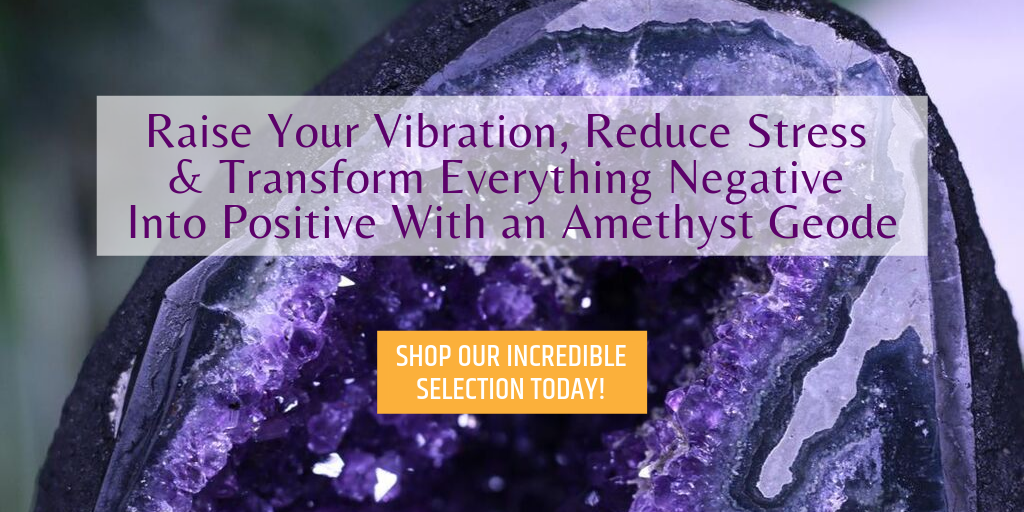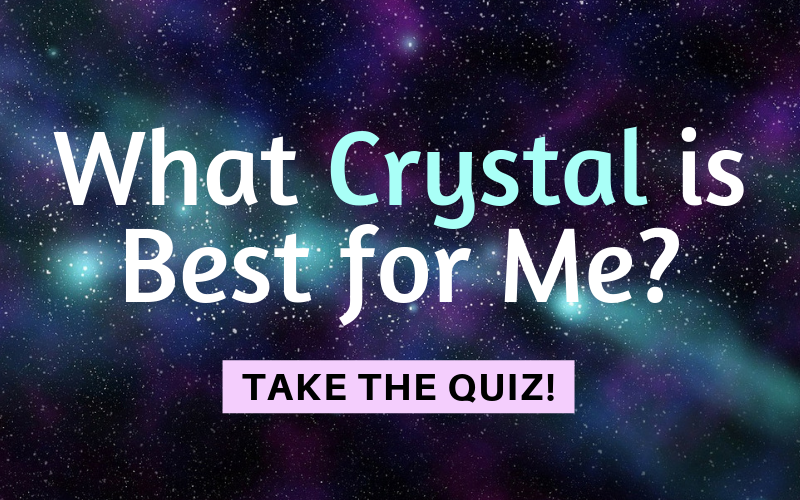
Beginner’s Guide to Meditation & Mindfulness
When it comes to self-care and stress-relief, people turn to many different avenues to clear their mind. Meditation is a popular practice among many people and it’s often used to practice mindfulness, attention, and self-awareness.
Though meditation can be an extremely beneficial self-care method, starting this practice can be a bit daunting. Luckily, there are very few rights and wrongs when it comes to meditation and very little reason to be intimidated by the practice.
This beginner’s guide to meditation will wipe away any fears or worries. That way, you can start your journey to enlightenment and inner peace with a calm mind and soul.
Origins of Meditation
Kicking off this beginner’s guide to meditation, let us first discuss the origins and history of meditation...
Meditation has been in practice for centuries and can be seen in various cultures and religions worldwide. While meditation is quite a universal practice, it is believed to have first been developed in India, in roughly 5,000 to 3,500 BCE.
Many early Hindu and Buddhist books spoke of meditation and the practice soon began to spread throughout other countries and cultures in eastern Asia. Following widespread practice in Japan, China, and Korea, meditation began to spread further and find a home in western cultures as well.
While the meditation practices of each culture do differ slightly, there are still many similarities between them as well—namely, the key properties and benefits of meditation.
Benefits of Meditation
Mental Benefits
Meditation is most commonly regarded as a mental health practice, and with good reason. A few minutes of mindful meditation each day can significantly improve your overall mental health and acuity.
Meditation can help you center and harness your thoughts and emotions, leading to improved concentration, memory, and a longer attention span. Meditating for just a short period each day will help reduce your mind’s propensity to wander, enabling you to focus more fully and complete tasks with increased efficiency.
Emotional Benefits
Your heart and mind are very closely connected, so it only stands to reason that meditation is as much an emotional practice as it is mental. Meditation allows you a quiet moment to connect with your innermost thoughts and desires. This quiet moment of introspection can help relieve stress, anxiety, and feelings of depression while also facilitating self-awareness and confidence.
By forming a connection and understanding with yourself first, you'll be better able to connect and form relationships with others. You may even feel an increased sense of empathy or you may find you possess a more positive outlook on life following your mindful meditation practice.
Physical Benefits
Though meditation is often seen as a purely mental practice, it can also yield many surprising physical benefits. When engaging in meditation, one generally remains in one stagnant position and focuses their energy on breathing and feeling every part of their body fully.
While this provides a perfect, quiet moment for one to commune with their thoughts, it also stimulates cardiovascular health and well-being. Inhaling and exhaling in a calm, methodical manner can help decrease blood pressure, reduce strain on the heart, and control your body’s perception of pain.
Regulating your body’s heart rate through meditation can even help you achieve a better night’s sleep. Additionally, some people have even turned to meditation as a means of managing and overcoming addiction.
A Beginner's Guide to Meditation: Helpful Hints
There’s no one right way to engage in meditation. At its core, meditation is about doing what feels best for your body and your mind. However, finding what feels right can be a tricky endeavor, particularly for those just starting out.
Below are a few tips to help you get started on your meditation journey and find a practice that works best for you.
Start With Guided Meditation
Following along with a guided practice is perhaps the best way to dip your toe into meditation’s calm, clear waters. There are many guided meditation options available, many of which are free, so finding a guide that best fits your goals is very simple.
Guided meditation apps such as Headspace, Calm, and Insight Timer offer a wide range of guided meditation practices, each with a specific goal and intention. These apps can often be customized to your desired length, volume, and intention, and some can even be customized with specific background music or guided voices. Guided meditation practices can also be found on YouTube and some music streaming services.
Choose an Intention
If you find yourself struggling to stay focused throughout your practice, try establishing an overarching intention for the session. Choosing one thing you want to focus on, whether it be mental, physical, or emotional, will help give your meditation practice a more definite direction.
In western meditation practices, there are generally two main techniques, each focusing on a specific intention. Focused meditation encourages you to center your practice on one specific image, action, or object.
By focusing your attention on your breathing or on holding one specific image in your mind, you’ll be better able to center your thoughts and maintain your meditation practice for longer.
Open monitoring meditation, on the other hand, focuses more on mindfulness and self-awareness. This practice encourages you to let your thoughts flow freely so that you may observe them all at once and find the calm in the clutter.
Incorporate Stones
Incorporating healing stones and crystals into your meditation practice is also a great way to further infuse your practice with intention. Every stone possesses its own unique set of healing properties, so choose one that complements your meditation goals and desires.
Amazonite and Hematite, for instance, can be beneficial accompaniments to a focused meditation practice, as they possess calming properties that can help focus the mind and improve concentration.
For those seeking an open monitoring meditation practice, try incorporating Labradorite, Lapis Lazuli, or Amethyst crystals. These stones are known for their abilities to enhance spiritual awareness and enlightenment and can help you better realize and manifest your desires.
<<<Try these meditation crystals in your meditation practice!>>>
You can incorporate healing stones and crystals into your meditation practice in many different ways. Some people choose to hold the stones in their hand or place them along one of their chakras, while others choose to simply sit alongside the stones and absorb their energies that way.
At Cosmic Cuts, we offer a wide range of healing stones, crystals, and cathedral geodes for sale. Regardless of your goals or desires, we can help you find the stone or crystal that will best suit your individual meditation practice.

Did you know there's a mindfulness certification course? You can check it out here.
* Crystals and stones should not be used as a substitute for medical advice or treatment. Please read our full disclosure notice here.











